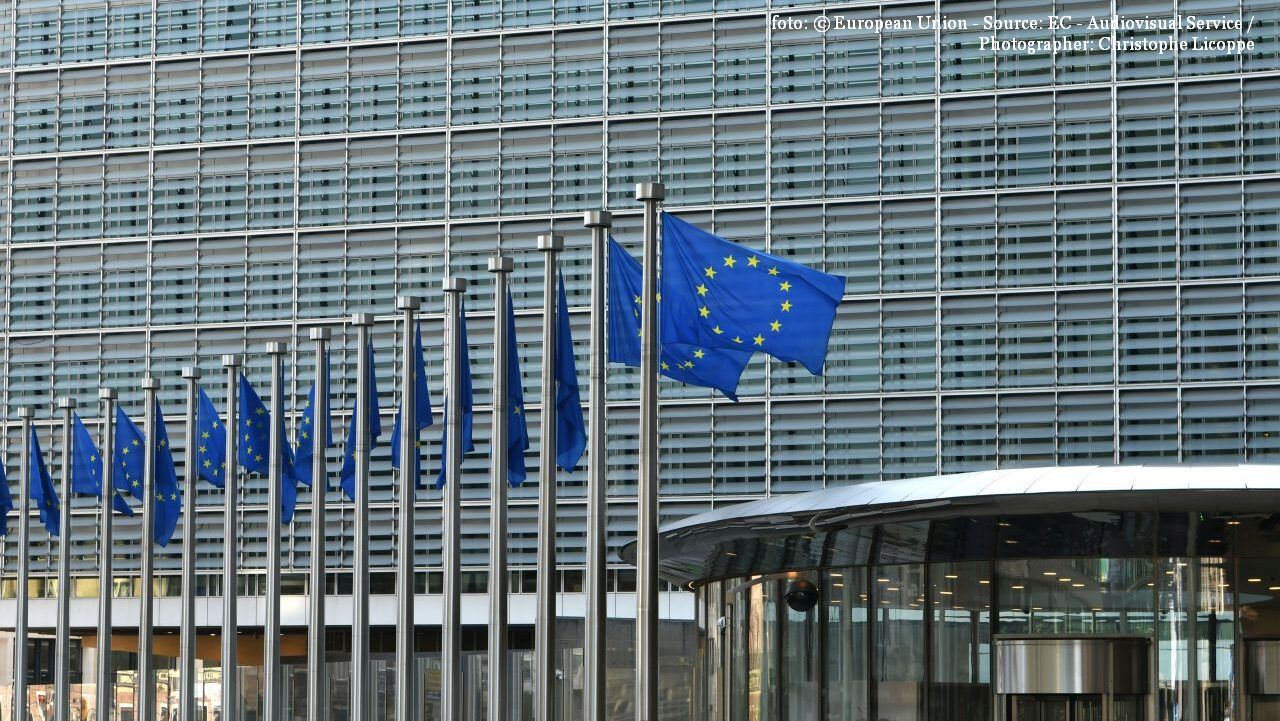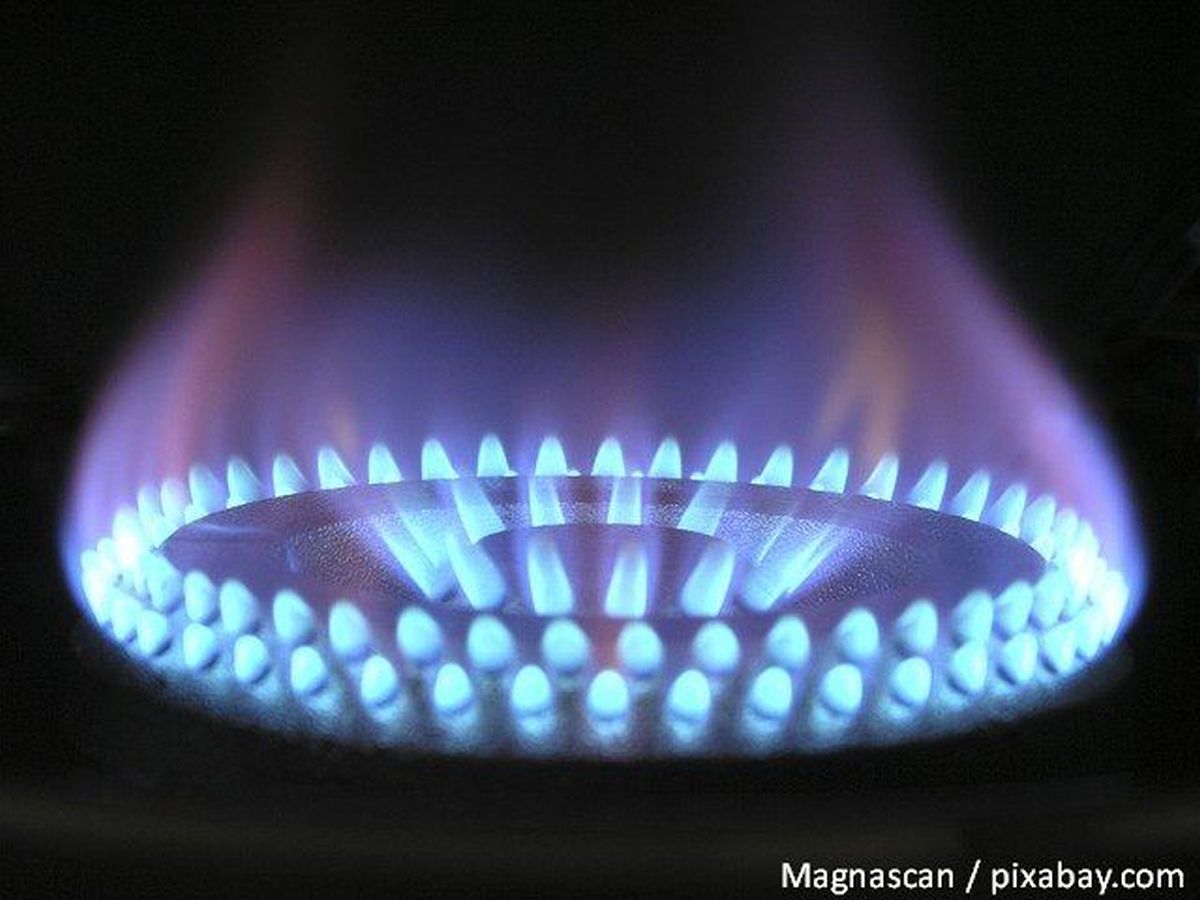The National Bank of Romania and the monetary policy
Romanias central bank announced that under its monetary policy it would maintain the interest rate at 2.5% per year

Bogdan Matei, 08.02.2019, 13:41
2019 started
with major turbulence on the Romanian currency market. The national currency,
the LEU, has reached new historic lows as against the Euro from one day to the
next. Rated at 4.66 lei in the first days of 2019, the Euro exceeded 4.7 lei in
mid January. The national currency also depreciated against the dollar and the
Swiss franc.
Also in January,
ROBOR, the Romanian Interbank Offer Rate, the main index according to which
variable interest rates for credits in lei are calculated, has neared 3%, thus
putting further pressure on the Romanians who are paying interest rate on
loans. Turbulence also propagated to the political scene.
The Social
Democratic Party pressured the national bank to intervene on the market to save
the LEU, making available the very government reserves worth almost 37 billion
Euros. The Alliance of Liberals and Democrats, the partners of the Social
Democrats in the governing coalition, also criticized the governor of the
national bank, Mugur Isarescu, whom they accuse of tolerating alleged
burdensome practices promoted by the commercial banks in establishing the ROBOR
index.
In another
development, according to data published by the central bank, the money supply
rose by almost 9% in December 2018 as compared to the same month of the
previous year, which led to the depreciation of the LEU. A national bank
advisor on strategy issues Adrian Vasilescu said that the developments on the
currency market had more of a psychological effect and that the intervention of
the central bank could be deemed appropriate only if the depreciation rate
exceeded 4% up to 5%.
On Thursday the
central bank announced that, under its monetary policy, it would maintain the
interest rate at 2.5% per year and would keep the current levels of the minimum
reserve requirement rates applicable to banks’ liabilities in the national and
in hard currency. After the meeting of the national bank’s Board of Directors,
governor Mugur Isarescu stated that they forecast a continuation of the
inflation rate’s downward trend followed by an upward trend of up to almost
3.5%.
Mugur Isarescu: The new forecast scenario reconfirms the prospect of a continued drop
in the annual rate of inflation for the coming 3 quarters of the year down to
values that are slightly lower than those initially estimated. Then there will
be an upward trend of the inflation rate that will be maintained at a value a
little under the superior ceiling of the target interval until the end of the
period of prognosis. The uncertainties and risks associated with the inflation
rate fluctuations are related to the new set of fiscal and budgetary measures
that came into force on January 1 as well as to the government’s failure to finalize
the 2019 draft budget, and implicitly to the future fiscal and income policy.
Governor Mugur
Isarescu also added that both the monetary and currency market were functioning
very well and gave assurances that there was no indication of anti-competitive
agreements between banks for the establishment of the ROBOR index.






























